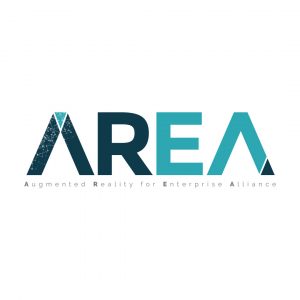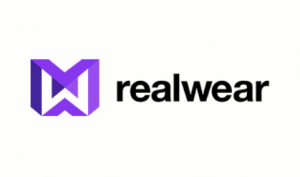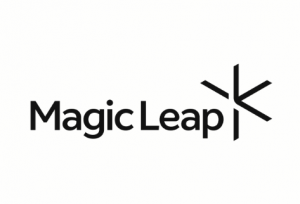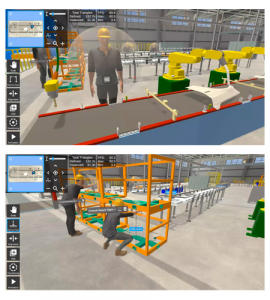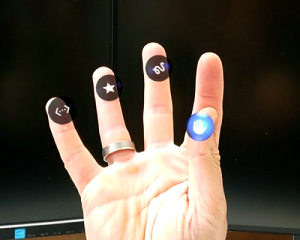The AREA Welcomes ShapesXR as a Member
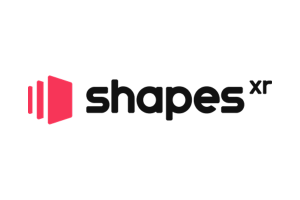
The Augmented Reality for Enterprise Alliance (AREA) today announced that ShapesXR has joined the consortium.
ShapesXR is an enterprise-focused, collaborative design platform built to accelerate 3D prototyping and spatial design across organizations. Used by industry leaders such as Mayo Clinic, Mondelez, Chanel, and Microsoft, it enables cross-functional teams to rapidly ideate, iterate, and communicate spatial concepts, including VR training scenarios and AR remote assistance. By bridging the gap between design and development, ShapesXR helps enterprises reduce time-to-market, minimize costly misalignments, and align stakeholders more effectively around shared visions.
As part of our commitment to advancing enterprise AR, ShapesXR has joined the AREA . The AREA provides a highly curated network of AR experts, structured engagement opportunities through workshops and working groups, and a platform to exchange best practices in human-centered design and spatial computing. It also offers valuable visibility for our solutions among decision-makers and thought leaders, as well as access to a wide range of member-exclusive resources. Joining the AREA reinforces our focus on shaping the future of immersive collaboration for the enterprise sector.
“By joining the AREA, we aim to contribute to the advancement of enterprise AR by supporting the creation of high-quality spatial content. As a creative tool purpose-built for designing XR experiences, ShapesXR is committed to empowering teams to bring their ideas to life and shaping the standards for immersive collaboration across industries.”
“We are proud to announce ShapesXR as a member of the AREA,” said Mark Sage, executive director of AREA. “Their experience with enterprise-focused solutions for 3D prototyping and spatial design is an excellent addition to the AREA as we work on enterprise AR adoption.”
About ShapesXR
ShapesXR is an advanced, collaborative design platform that allows users to prototype products and experiences in 3D within minutes. Its core mission is to democratize 3D content creation, enabling designers, developers, and business stakeholders to ideate, prototype, and communicate in 3D-without requiring prior experience in game engines or coding. For more information, visit https://www.shapesxr.com/.
About the AR for Enterprise Alliance (AREA)
The AR for Enterprise Alliance (AREA) is the only global membership-funded alliance helping to accelerate the adoption of enterprise AR by supporting the growth of a comprehensive ecosystem. The AREA accelerates AR adoption by creating a comprehensive ecosystem for enterprises, providers, and research institutions. AREA is a program of Object Management Group® (OMG®). For more information, visit the AREA website.
Object Management Group and OMG are registered trademarks of the Object Management Group. For a listing of all OMG trademarks, visit https://www.omg.org/legal/tm_list.htm. All other trademarks are the property of their respective owners.
